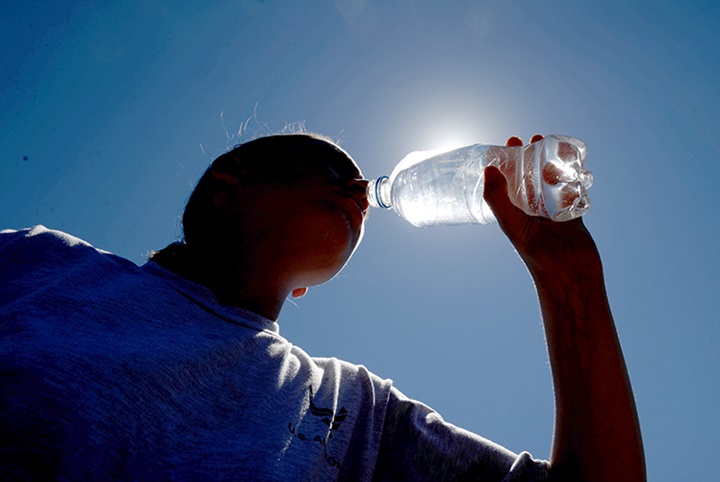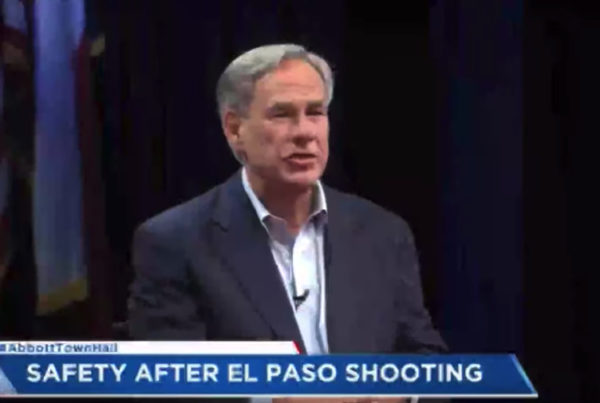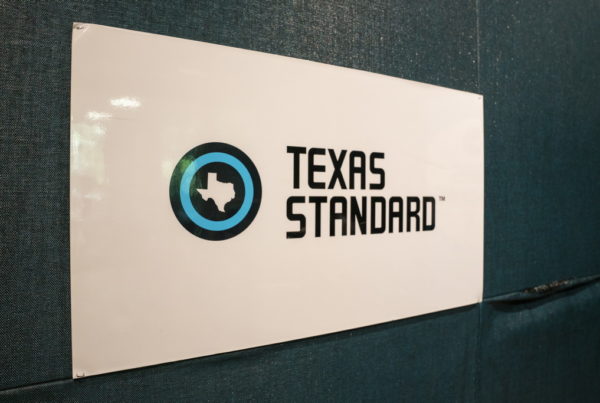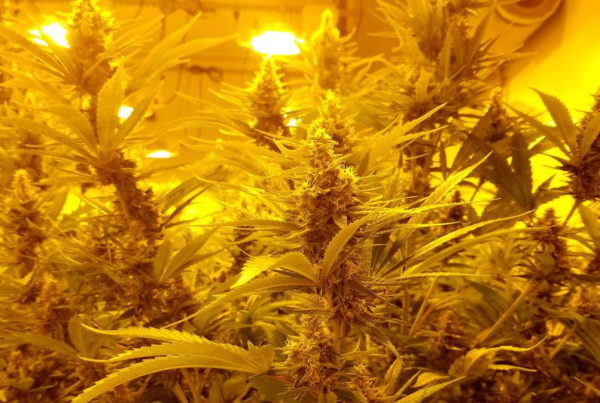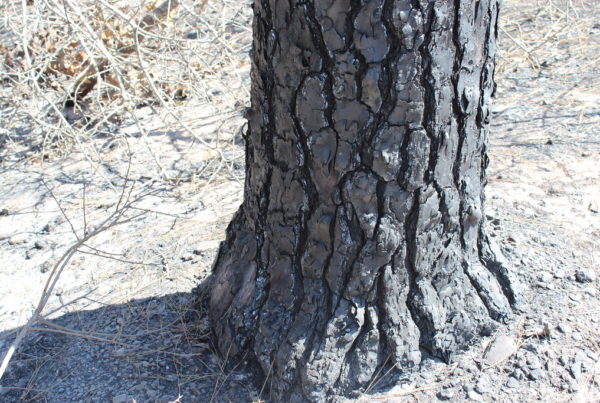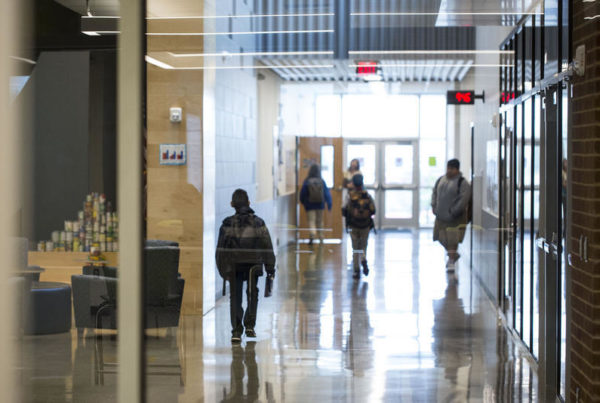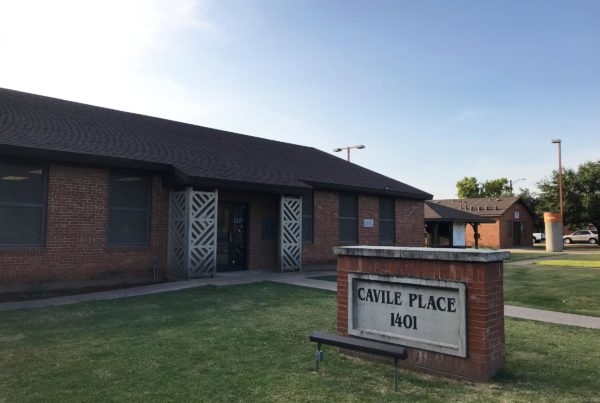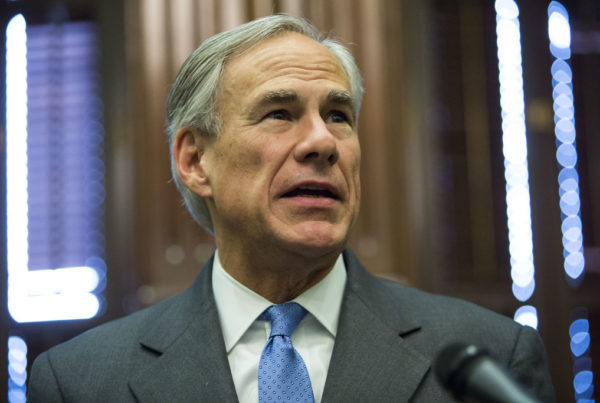Seventy-one counties in the United States have now had temperatures that exceed a dangerous temperature limit designated by the United Nations Intergovernmental Panel on Climate Change.
According to the panel, 2 degrees Celsius is the maximum the Earth’s temperatures can rise before the onset of catastrophic environmental changes. The Washington Post reports that these 71 counties have already broken this threshold, and the National Oceanic and Atmospheric Administration, or NOAA, said last week it’s expecting more storm activity for the remainder of the 2019 hurricane season.
In response to these developments, the University of Texas at San Antonio is launching a program to study extreme weather events. The Center for Advanced Measurements in Extreme Environments will work with NASA to investigate how global warming affects weather.
Stephen Ackley is associate professor of research in the Department of Geological Sciences at UTSA, and one of the researchers for the new center. Ackley says the 2-degree increase is alarming because it indicates a change in climate, not in weather.
“Weather is an individual event,” Ackley says. “It’s hard to distinguish [climate change] when people say we’re talking about a 2-degree warming, which doesn’t seem like very much because you see that variation on a day-to-day basis.”
But this variation is distributed all over the country, Ackley says, and scientists are seeing more hot days and fewer cold days each year.
“There’s a shift in this whole event, so that we see more and more of these extreme weather events – like heat waves – that are associated with just a small change in the average temperature of the earth,” Ackley says.
Hurricanes are connected with these slightly warmer temperatures, Ackley says, and that explains why NOAA issued the storm warning for the 2019 hurricane season.
“The hurricane season is really driven by changes in the ocean temperature,” Ackley says. “The storms are really driven by the conduction that’s driven by the very, very warm temperatures.”
Despite the increase of extreme weather events, Ackley says the Center for Advanced Measurements in Extreme Environments isn’t focused on preventing climate change.
“The primary emphasis … is to really train and educate the next cohort of STEM scientists that go into this,” Ackley says. “Extending right down through the K-12 area, and we’re using the research primarily as a venue for that.”
And Ackley says it’s partnering with NASA to attract students and build the research infrastructure.
“Our official start date is basically Sept. 1,” Ackley says. “We’ve been having meetings and getting our act together, building our website and also recruiting that first cohort of students.”
Written by Hayden Baggett.


